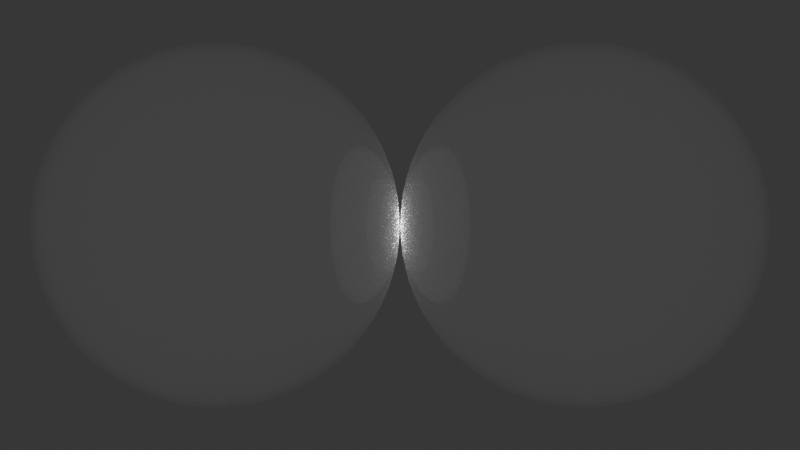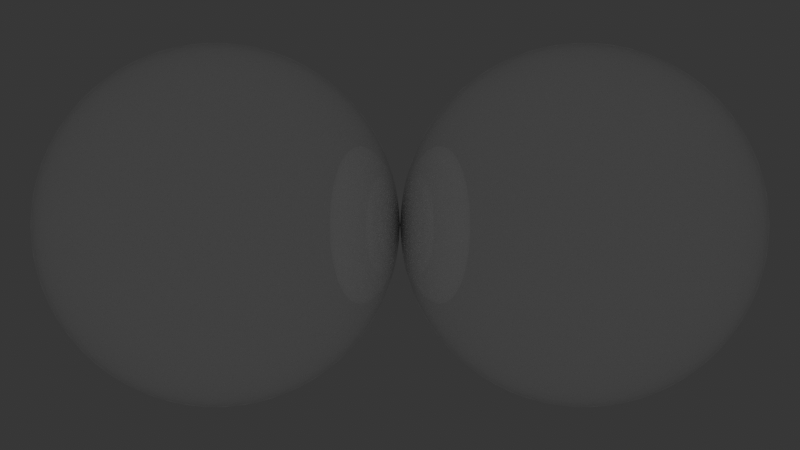- Thu Feb 05, 2015 3:02 pm
#385255
As I understand it, Maxwell V3 only clips the total energy of stacked additive layers that exceeds the allowed absolute range. In my example, the energy stays well within the allowed range on every bounce but builds up from bounce to bounce. On each reflection bounce, a little bit of energy is added.Mihai wrote:And that shouldn't happen with additives, at least since V3. You should be able to use as many additive layers as you wish now, without your object starting to glow or look overly bright. Your test is puzzling, and checking with an SSS equivalent, I get more what I expect....



 pic shows rough0 vs rough2
pic shows rough0 vs rough2